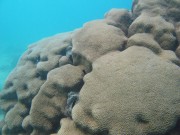Articles

The study reported here defines water quality guideline values for the Great Barrier Reef (GBR). The analyses showed that algal cover and the richness of hard corals and octocorals were strongly related to chlorophyll and water clarity. The richness of both hard corals and phototrophic octocorals decreased with increasing turbidity and chlorophyll. Heterotrophic octocorals increased with greater turbidity and slightly decreased with higher chlorophyll. Guideline values of maximum mean annual concentrations of chlorophyll of 0.45 g/L and minimum mean annual Secchi depth of 10 m are proposed for both coastal and inshore zones in all regions (at shallower depths the sea floor will be visible).
Biology is the study of all living organisms (plants, animals, microorganisms) and how they interact with each other and their environment. It examines the structure, classification, function, growth, origin, evolution, and distribution of all living things.
Zooxanthellae are unicellular, golden-brown algae (dinoflagellates) that live either in the water column as plankton or symbiotically inside the tissue of other organisms. The most common symbiotic association is with hard, reef-building (or hermatypic) corals, although zooxanthellae can also be found living inside the tissue of soft corals, jellyfish, giant clams and nudibranchs.
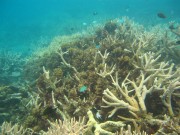
Macroalgal species are divided among three large groups that are named according to the colour of their dominant photosynthetic and accessory pigments: red (Rhodophyta), green (Chlorophyta) and brown (Phaephyta).
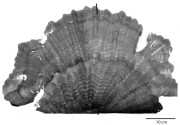
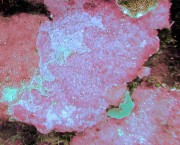
Crustose coralline algae (CCA) are rock-hard calcareous red algae that fulfill two key functional roles in coral reef ecosystems: they contribute significantly to reef calcification and cementation, and they induce larval settlement of many benthic organisms.
A study of CCA cover on the Great Barrier Reef (GBR) shows strong differences in cover across the Continental Shelf. Mean CCA cover is <1% on the inner third of the GBR, compared to >20% on the outer half of the shelf. CCA cover is also affected by the amount of sediment deposited, water clarity, and the steepness of the reef slopes. Within each cross-shelf zone, the cover of CCA is higher on reefs with low sediment deposits than on reefs with high levels of sedimentation. On the inner third of the shelf, the most sediment-exposed reefs are unsuitable habitats for most CCA. This inverse relationship between CCA and sediment has implications for the recruitment of CCA-specialised organisms, and for the balance between reef accretion and erosion.
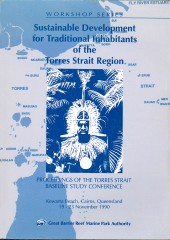
In July 1989 the Australian Government funded a four year environmental study of the Torres Strait marine environment. This study, the Torres Strait Baseline Study, was instigated in response to concerns expressed by Torres Strait Islanders, commercial fishermen and scientists about possible effects on the marine environment of the Torres Strait from mining operations in the Fly River catchment area of Papua New Guinea.
This article is a collection of publications and data associated with this study.
This series of photos come from a trip to Davies Reef to service the AIMS weather station tower. These photos focus on highlighting processes affecting the growth of corals on this reef.
This gallery highlights all the connectivity maps developed as part of NESP TWQ 3.3.3. The dataset used to create these maps is available.
This gallery highlights some of the scenery of Torres Strait. Much of the photos are taken from helicopter.
